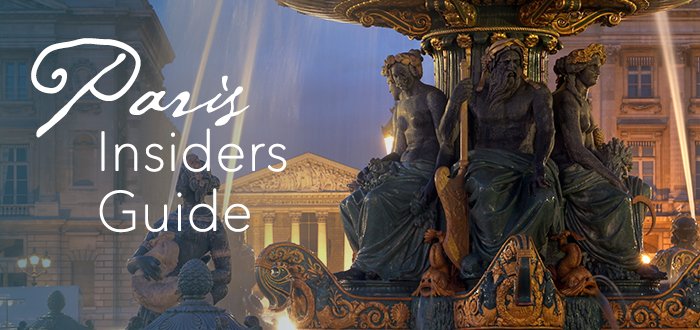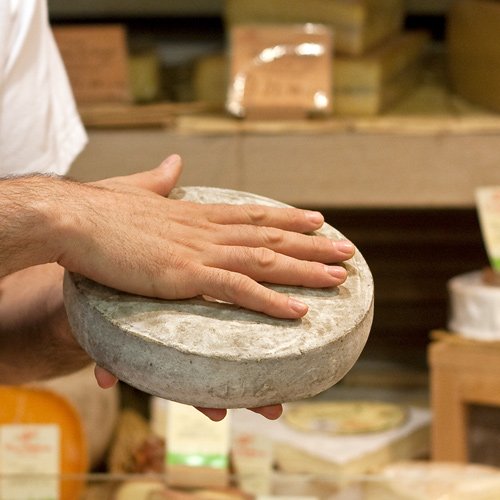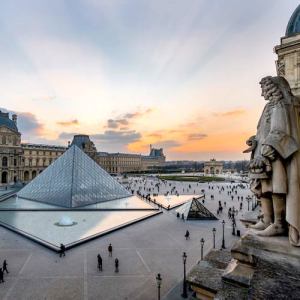Five Of The Most Marvelous Mansions In The Marais
For a brief period in the 17th century (remember those days?), the Marais was the Beverly Hills of Paris. Today the Marais is still filled with stunning hôtels particuliers, the private mansions built by the aristocracy and wealthy social climbers, before Louis XIV moved French court life from Paris to Versailles. Walking along the narrow streets of the Marais, it's amazing to realize that behind many of those stone facades are marvelous mansions and luscious urban gardens.
Let's take a virtual stroll through the 3rd and 4th Arrondissements on the Right Bank, admiring the aristocratic residences (many now converted into museums) and their rambling gardens. Along the way, we'll trace the Marais' transformation from marshland, to enclave for the rich and famous, back to low-end real estate, to today being one of the most fashionable areas of Paris. These five mansions in the Marais trace a rags-to-riches-to-rags-to-riches tale. These are their stories…
![]()
The Highest-Rated Paris Activities
|
Cheese & Wine Tasting in a Paris Cellar |
VIP Dinner Cruise with Bateaux Parisiens |
|
VIP Dinner Cruise with Bateaux Parisiens |
1. Hôtel de Sully

The facade of the 1625 Marais mansion (hôtel particulier), with its classical details and large carriage entrance, are striking features of the late French Renaissance. Designed by Jean Androuet du Cerceau (1585-1650), an architect famous for his lavish hotel particuliers — he was fanatical about symmetry — it was part of the royal development commissioned by Henry IV that included the neighboring Place des Vosges.
Today, the Hôtel de Sully is home to the Centre des Monuments Nationaux, an organization responsible for preserving national heritage sites. You can visit the courtyard of Hôtel de Sully during the daytime, see the garden and orangerie, and connect through to Place des Vosges. However, the building itself is not open to visitors.
- 62 Rue Saint-Antoine
- 4th Arrondissement
- Hotel de Sully Website…
![]()
Our Most Popular Day Trips from Paris
|
Spend a Day in the Champagne Region |
Visit the Historic D-Day Beaches |
|
Visit the Historic D-Day Beaches |
2. Place des Vosges

Not a single mansion, but adjoining hôtels particuliers townhouses with identical facades, Place de Vosges is the prototype of residential squares that later sprang up in other European cities. One of the most beautiful squares in Paris (it's a literal square), Place des Vosges was the brainchild of Henry IV, perhaps the most important royal builder of Paris. Unable to finance the square himself, he asked the aristocracy to help by conforming to a common red-brick facade designed to create a place of perfect symmetry.
When the Place des Vosges was inaugurated in 1612 it was celebrated in style with a grand carousel to announce the engagement of Louis XIII and Anne of Austria. Originally named Place Royale, it was for a period the center of aristocratic life in Paris. Later, France's most beloved writer, Victor Hugo, lived in one of the hôtels particuliers overlooking the place. (His house is now his museum.)
Henry IV was assassinated in May 1610 by a Catholic fanatic (perhaps maddened by the uniform building code?). You can see a plaque to mark Henry's assassination on Rue de la Ferronnerie in the 1st Arrondissement, or visit his equestrian statue on another one of his grand projects, Pont Neuf.
- MAISON DE VICTOR HUGO
- 6 Hôtel de Rohan-Guéménée
- 4th Arrondissement
- Website…
3. Hôtel Carnavalet

A rare example of Renaissance architecture in Paris, Hôtel Carnavalet was completed in 1560 for the president of the Parliament of Paris. It is, therefore, one of the oldest hôtels particuliers in the Marais. Much of the original design has been changed, with the exception of the facade's sculptures by French Renaissance sculptor and architect Jean Goujon, the royal designer for Francois I (he worked on the Louvre).
In one the courtyards the four seasons are represented by Aries for spring, Cancer for summer, Libra for fall, and Capricorn for winter. The two-courtyard layout set a precedent for most of the hôtels particuliers that came later. Today, Hôtel Carnavalet houses the museum of the history of Paris.
- 23 Rue de Sévigné
- 3rd Arrondissement
- Website…
![]()
Romantic Dinner Cruises In Paris
|
VIP Dinner Cruise with Bateaux Parisiens |
Dinner Cruise by Maxim's of Paris |
|
VIP Dinner Cruise with Bateaux Parisiens |
4. Hôtel Salé
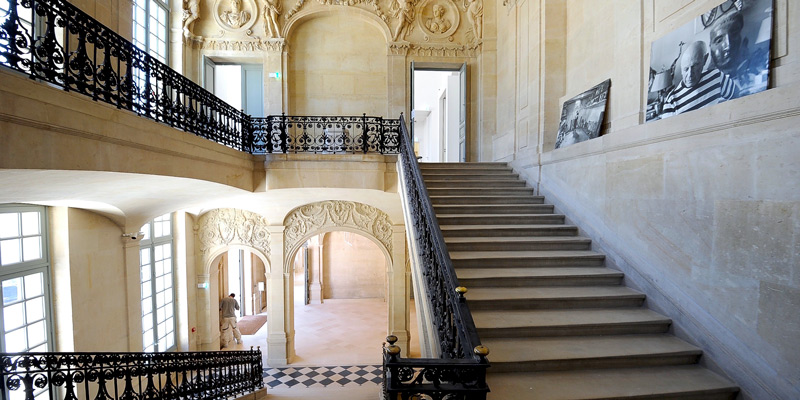
The hôtel particulier that houses the Musée Picasso was built in 1656 for Pierre Aubert, a lucky Parisian who became rich collecting the salt tax. It is considered one of the finest historic mansions in the Marais, making it also the ideal location for the Musée Picasso.
The mansion changed hands several times. It was once the Embassy of the Republic of Venice, expropriated during the French Revolution, and in 1815 it became a school where Balzac studied. Luckily, the City of Paris purchased it in 1964, when it was classified as a Monument Historique. The interior has been restored to its former glory, including the central staircase based on designs by Michelangelo for the Laurentian Library in Florence.
- MUSÉE PICASSO
- 5 Rue de Thorigny
- 3rd Arrondissement
- Website…
5. Hôtel de Guénégaud

Hôtel de Guénégaud was built in 1655 for the wealthy and esteemed secretary to the king. At the time, Monsieur de Guénégaud des Brosses (great name) was secretary to the king and had access to considerable funds. He chose the architect François Mansart (1598-1660) to build his palace.
Today, the Musée de la Chasse et de la Nature is housed in the last of that architect's hôtel projects still standing. The restoration process was painstaking — a team of experts gutted the entire building before starting over. It was a curator's dream, allowing them to customize the space according to the collection. All the interior fittings are brand new, from the curtains and parquet flooring to the wood-paneled ceilings. Yet nothing is jarring to modern eyes; the museum's designers have respected the original colors and detailing.
- MUSÉE DE LA CHASSE ET DE LA NATURE
- 60 Rue des Archives
- 3rd Arrondissement
- Website…
![]()
Find Hotel Deals for Your Dates in Paris
Check the complete list of Paris hotels to find current sale prices on rooms in every arrondissement. Save 10%, 20%… or even more! |
Paris Hotel Deals |
Find Hotel Deals for Your Dates in Paris
Save on hotels in every arrondissement of Paris – the Latin Quarter, Saint Germain, the Right Bank, the Marais, near the Eiffel Tower. Save 10%, 20%… or even more! |
BONUS – Hôtel de Rohan

Talking about architect François Mansart reminds us of another mansion in the Marais — Hôtel de Rohan. Currently home to the French National Archives (which also spills over into the adjoining Hôtel de Soubise) it is where we once saw a fascinating exhibition about the life and work of François Mansart.
This hôtel particulier, though, was not built by Mansart, but by architect Pierre-Alexis Delamair in 1705 for a nobleman with another grand name, Armand Gaston Maximilien de Rohan. (The neighboring Hôtel de Soubise was where Armand's parents lived.)
- 87 rue Vieille du Temple
- 3rd Arrondissement
![]()
Experience the Splendor Of Versailles
|
Versailles with Priority Access + Gardens |
Half-Day, Skip-the-Line Tour of Versailles |
|
Versailles with Priority Access + Gardens |
Two-Minute History – Mansions of the Marais

By the late 16th century, there was very little undeveloped land in the center of Paris. The one exception was a marsh (marais in French) east of the Louvre. The swamp was drained to provide a place for the nouveau riche to build their mansions in full splendor, close to the center of power (which was the Louvre in those days). Here, they could achieve what would have been impossible within the cramped medieval boundaries of Paris.
When the French court moved to Versailles in 1682 (remember the Sun King?), the Marais' popularity declined rapidly. By 1789, the flight of the aristocracy had left the Marais more or less abandoned. Lavish mansions fell into disrepair and were transformed into working-class apartment buildings, factories, and schools. (Hôtel de Rohan became a government printing plant.)
Starting in the 20th century, one by one, the mansions of the Marais were declared historical treasures. In 1969, the Marais itself became the first area of Paris to be declared a historic district by the minister of cultural affairs. This was the beginning of the restoration of these beautiful houses. Today, most have been transformed into museums, archives, and libraries.
Paris Planning Guides
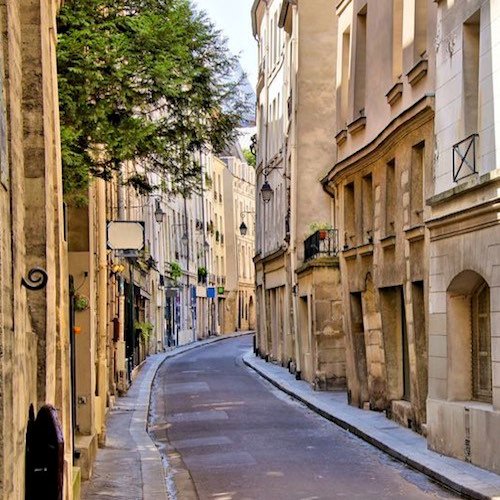 Latin Quarter Guide
Latin Quarter Guide |
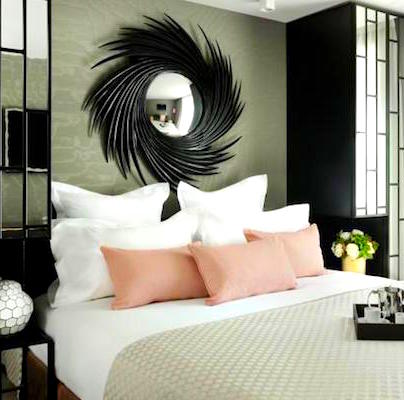 Latin Quarter Hotels
Latin Quarter Hotels |
 Paris Metro Guide
Paris Metro Guide |
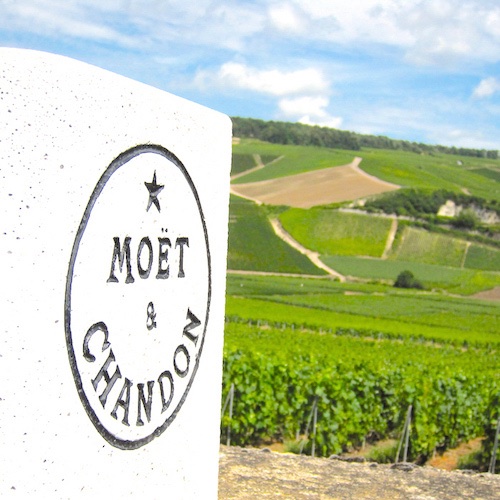 VIP to Champagne
VIP to Champagne |

